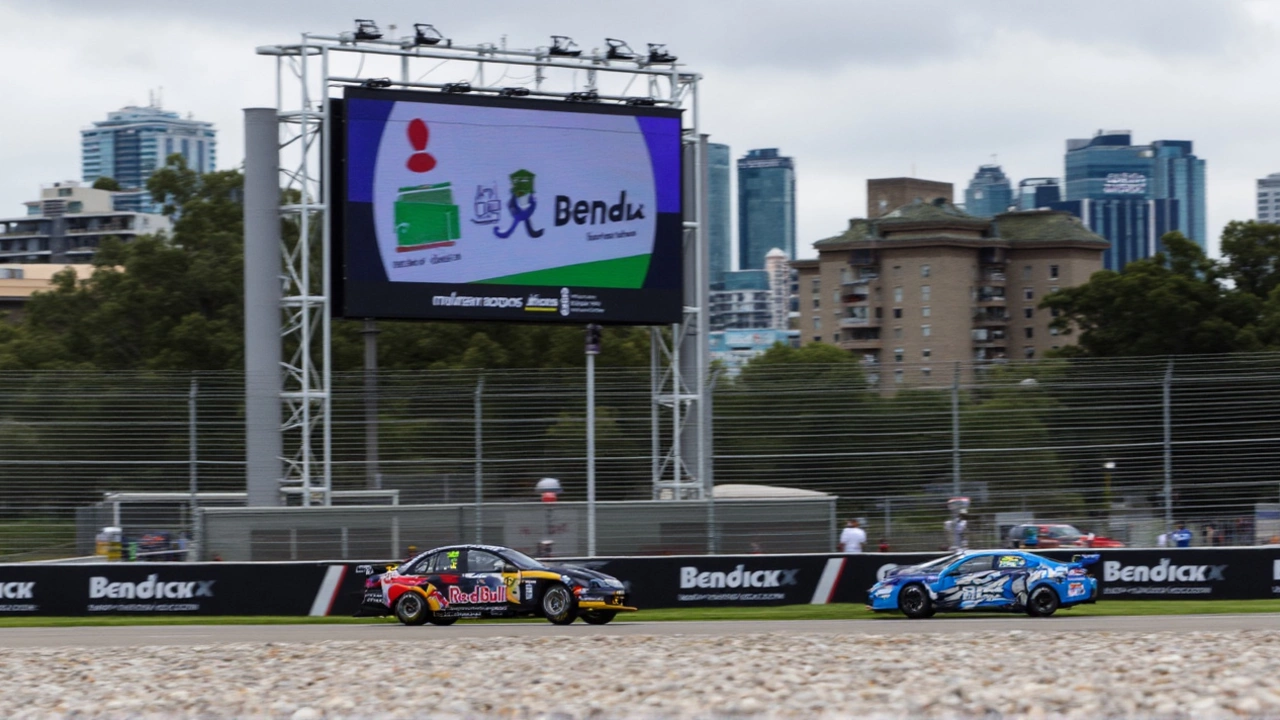Tyre Strategy Essentials for Faster Laps and Fewer Pit Stops
If you’ve ever wondered why some teams dominate a race while others struggle, the secret often lies in their tyre strategy. It’s not just about picking the fastest rubber; it’s about knowing when to push, when to preserve, and how to adapt to changing conditions. Below you’ll find the core ideas that turn tyre choices into race‑winning tools.
Choosing the Right Tyre for Every Track
Every circuit has its own character—some demand high grip for tight corners, others reward low rolling resistance on long straights. Start by studying the track layout and surface temperature. Soft compounds give you instant grip but wear quickly, great for qualifying or short sprint sections. Mediums balance grip and durability, making them the go‑to for most race stints. Hards last longest, perfect for hot tracks or when you need to stretch a stint to avoid extra pit stops.
Don’t forget the weather. Wet tyres are a whole different world: tread patterns evacuate water, and the compound stays flexible in cooler conditions. If rain looks likely, have a wet‑tyre plan ready and consider a quick change before the track gets too slick. Teams that switch at the right moment avoid costly spin‑outs and keep lap times steady.
Mapping Degradation and Planning Pit Stops
Tyre wear isn’t linear. The first few laps usually see a sharp drop in performance as the rubber heats up, then it levels off, and finally it spikes near the end of the life cycle. Use real‑time telemetry to track tread temperature and wear indicators. When you see a consistent rise in lap times or a jump in slip angle, it’s a sign the tyre is nearing its limit.
Based on that data, schedule pit stops to hit a sweet spot—just before the tyre’s performance drops off dramatically. A common rule of thumb is to pit when you’ve used about 70‑80% of the tyre’s optimal life. This timing often yields the best balance between fresh‑tyre speed and time lost in the pit lane.
Another tip: avoid “over‑cutting” by staying out too long on a degrading tyre while rivals get fresh rubber. The speed gain from a fresh set usually outweighs the small time loss of an extra pit stop, especially on tracks where overtaking is tough.
Using Data Tools to Fine‑Tune Your Strategy
Modern teams rely on simulation software that predicts tyre performance under different loads and temperatures. Plug in your car’s weight, downforce settings, and track temperature to see how each compound will behave over a stint. These models help you decide whether a two‑stop or three‑stop race is more realistic.
Don’t overlook simple tools like lap‑time graphs. Plotting lap times against tyre age gives a visual cue of when performance starts to fall off. Pair that with sector times to pinpoint which parts of the track are most affected by tyre wear.
Practical Tips for Drivers and Teams
1. Warm up tyres gently at the start of each stint; aggressive braking or steering can scorch them early.
2. Keep an eye on pressure changes—dropping pressure usually means the tyre is heating and degrading faster.
3. Communicate with engineers about how the car feels; sometimes a driver’s feel can catch issues before telemetry does.
4. Practice different pit‑stop windows in simulation so the crew knows exactly when to execute a stop.
By treating tyre choice as a dynamic part of your race plan—not just a one‑off decision—you’ll gain more consistent lap times, fewer surprise punctures, and a stronger position on the podium. Remember, the best tyre strategy is the one that adapts to the race as it unfolds.
Rain Set to Shake Up 2025 Repco Supercars Championship Finale in Melbourne
Posted by Daxton LeMans On 16 Mar, 2025 Comments (0)

In Melbourne, the 2025 Repco Supercars Championship finale is braced for rain that could dramatically affect the race. Scheduled to start at 10:25 am, the race will occur under cloudy skies with potential heavy showers and thunderstorms later. Drivers face the challenge of strategic tyre decisions due to Rule D17.5, which restricts changes, requiring decisions on dry or wet tyres without pit stops.




